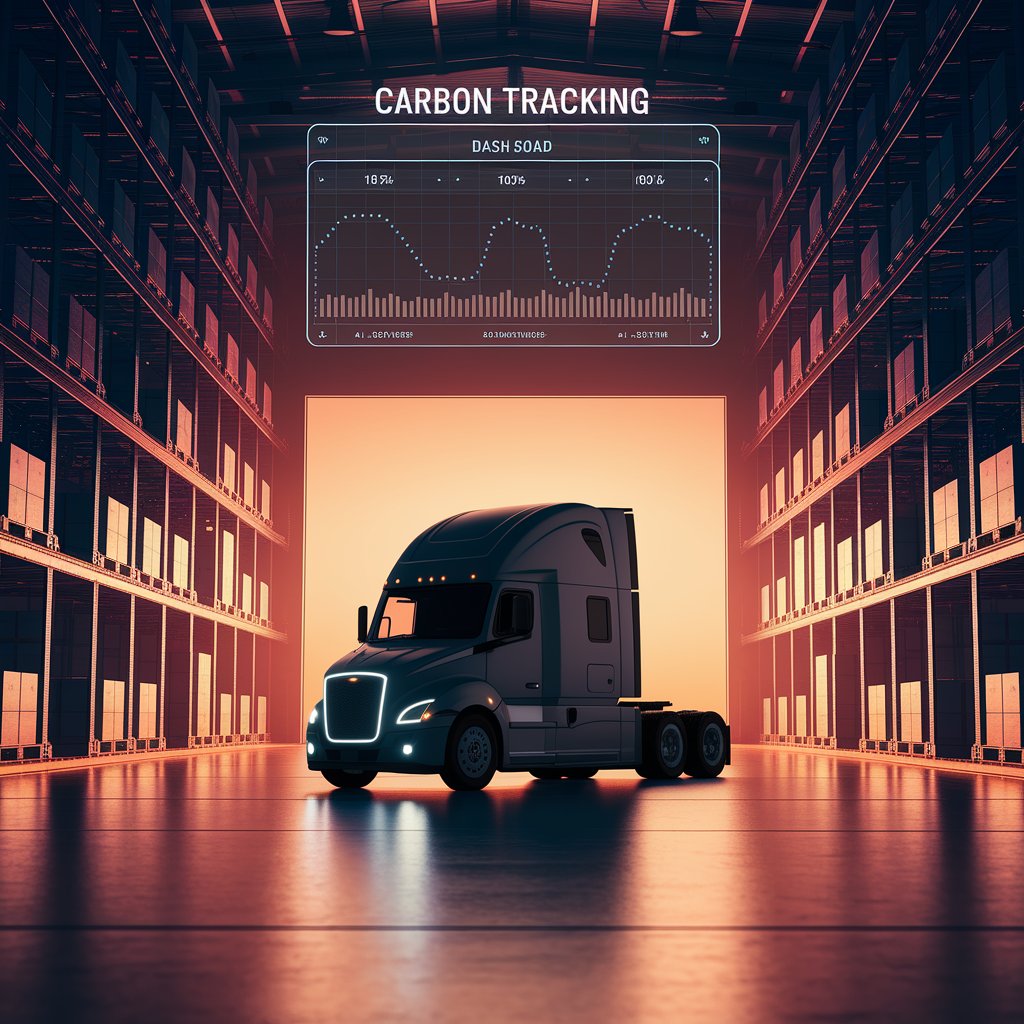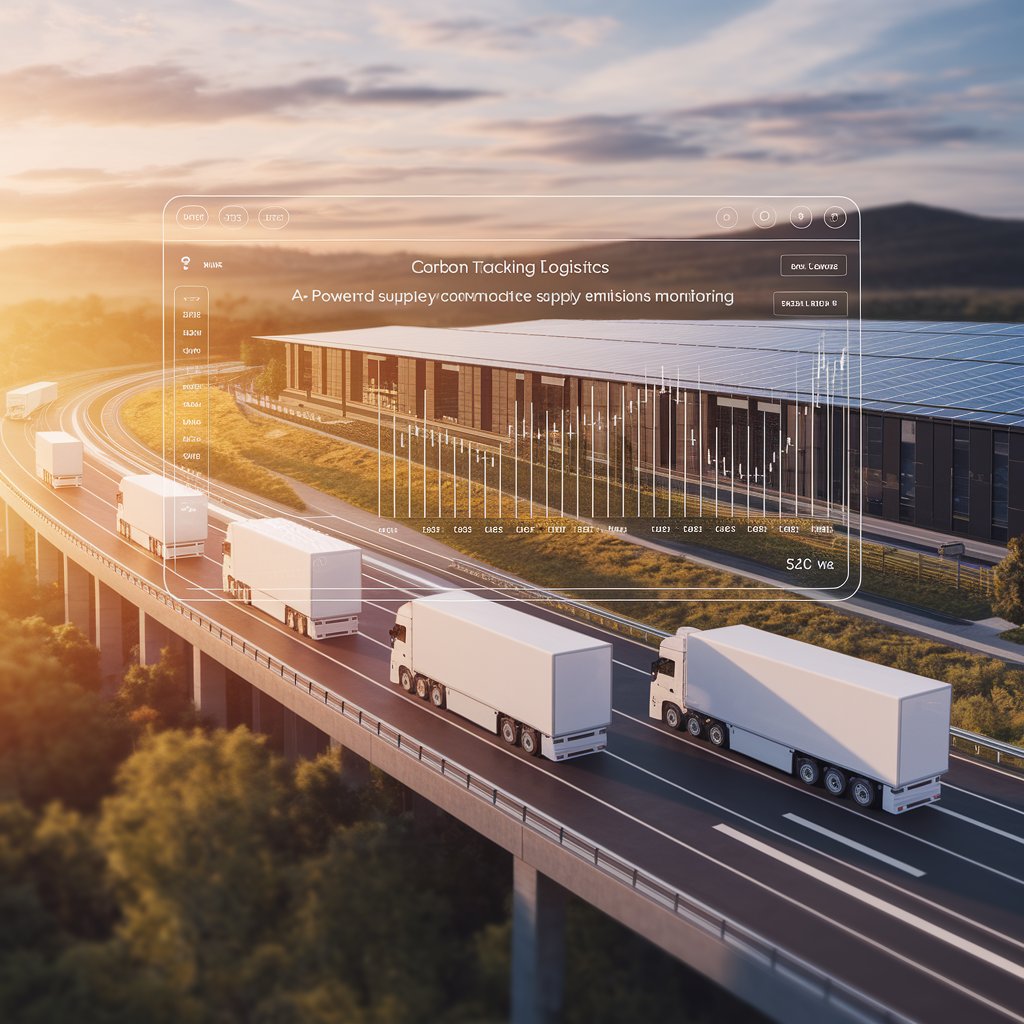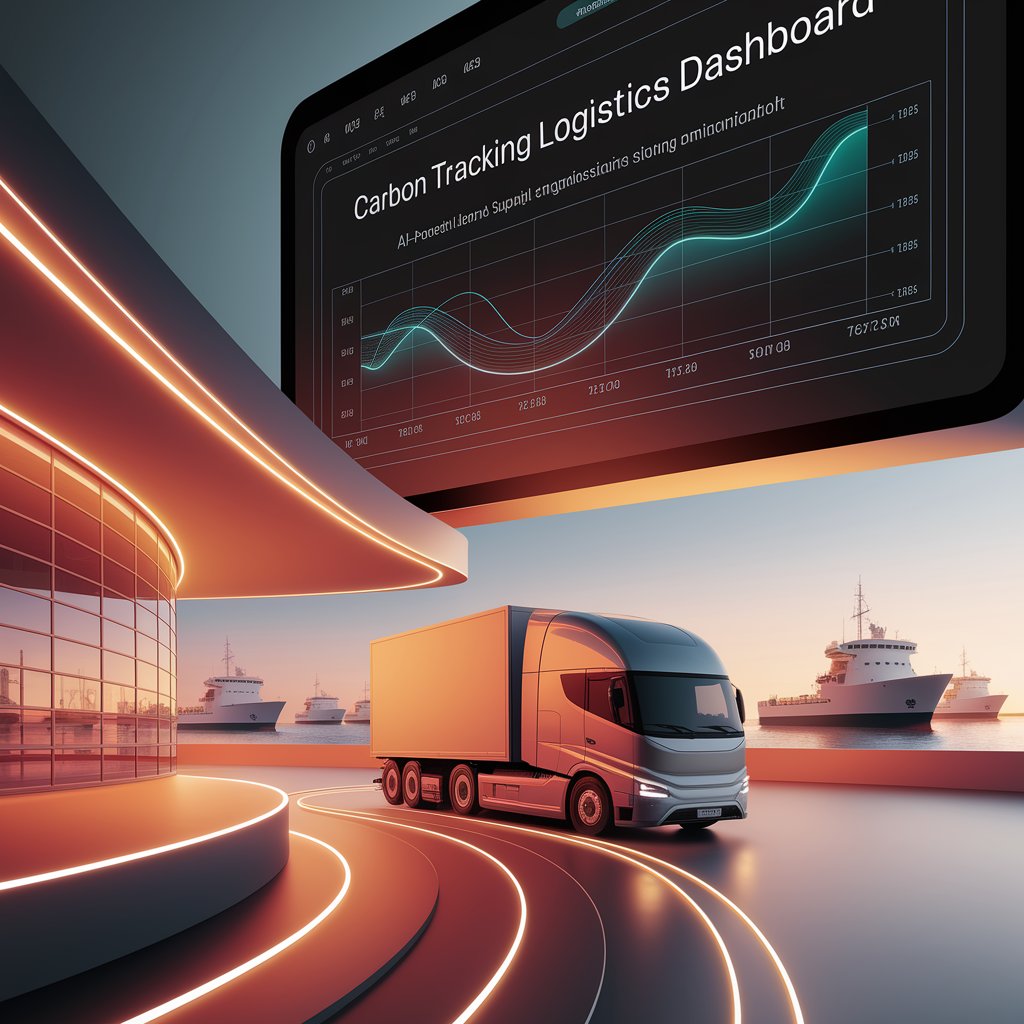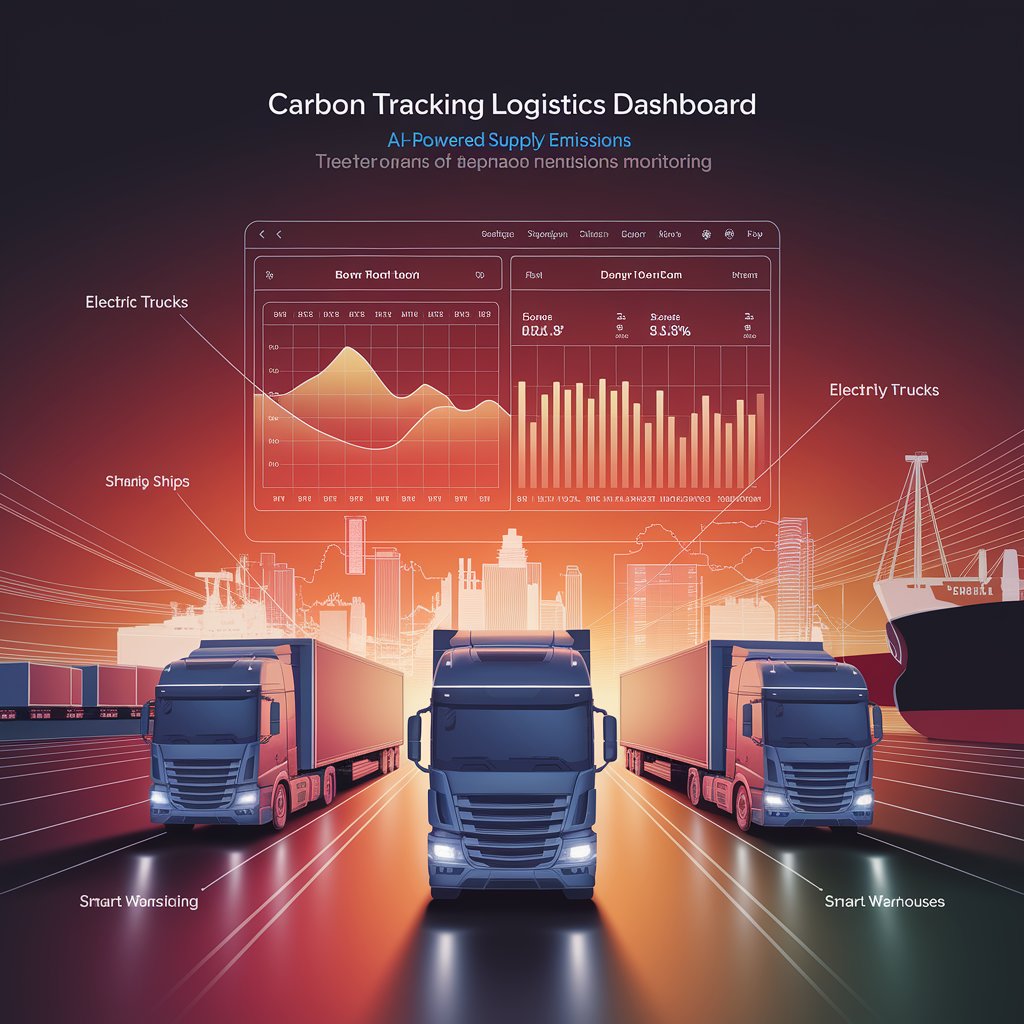Carbon Tracking Logistics: Building Greener Supply Chains with Precision

Introduction
Carbon tracking logistics provides the solution. By combining AI, automation, and real-time reporting, businesses can monitor their carbon footprint at every stage of the supply chain. From container shipping to last-mile delivery, carbon tracking empowers logistics providers to align with sustainability goals while staying competitive.
What Is Carbon Tracking Logistics?
Carbon tracking logistics refers to the use of digital platforms and AI tools to measure, analyze, and reduce carbon emissions in freight operations. It covers:
- Emission calculations per shipment
- Route-based carbon monitoring
- Eco-friendly mode selection (ocean, rail, road, or air)
- Compliance reporting with environmental standards
Sustainability dashboards for stakeholders

Key Benefits of Logistics
Benefit | Impact |
Transparency | Clear visibility of emissions data |
Efficiency | Smarter decisions with real-time insights |
Compliance | Meet global carbon regulations |
Customer Trust | Prove commitment to green supply chains |
Cost Savings | Reduced fuel and resource usage |
How It Works Across Supply Chains
- Data Gathering: Sensors, GPS, and shipment records collect emissions data.
- AI Analysis: Algorithms calculate carbon footprint per route or container.
- Optimization: The system suggests greener transport modes and schedules.
- Reporting: Dashboards show emissions per shipment or client.
- Forecasting: AI predicts future carbon impact to plan long-term strategies.

Advanced Applications
- Carbon-neutral freight planning with offsets and EV fleets.
- Blockchain integration for transparent carbon reporting.
- IoT-powered tracking to monitor fuel consumption in real time.
- AI scenario modeling to compare emissions across logistics routes.
Why Carbon Tracking Matters Now
Sustainability is now a business driver. Companies without carbon tracking risk losing contracts to eco-friendly competitors. By adopting carbon tracking logistics, businesses not only comply with regulations but also build resilience and brand trust in a world moving towards net-zero supply chains.

Conclusion
Carbon tracking logistics is more than a compliance tool—it is a competitive advantage. By measuring and reducing emissions with precision, logistics companies can align with sustainability goals, win eco-conscious customers, and cut costs. The future of logistics belongs to those who can track, report, and optimize their carbon footprint with intelligence.
